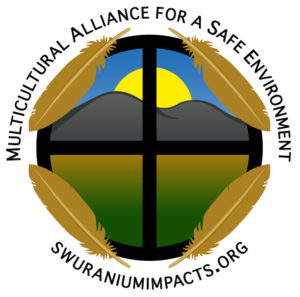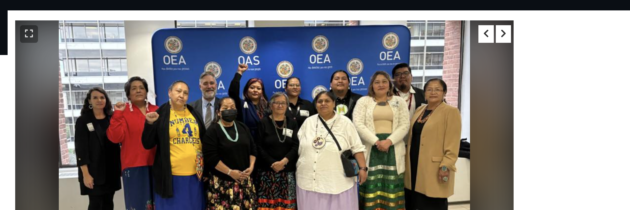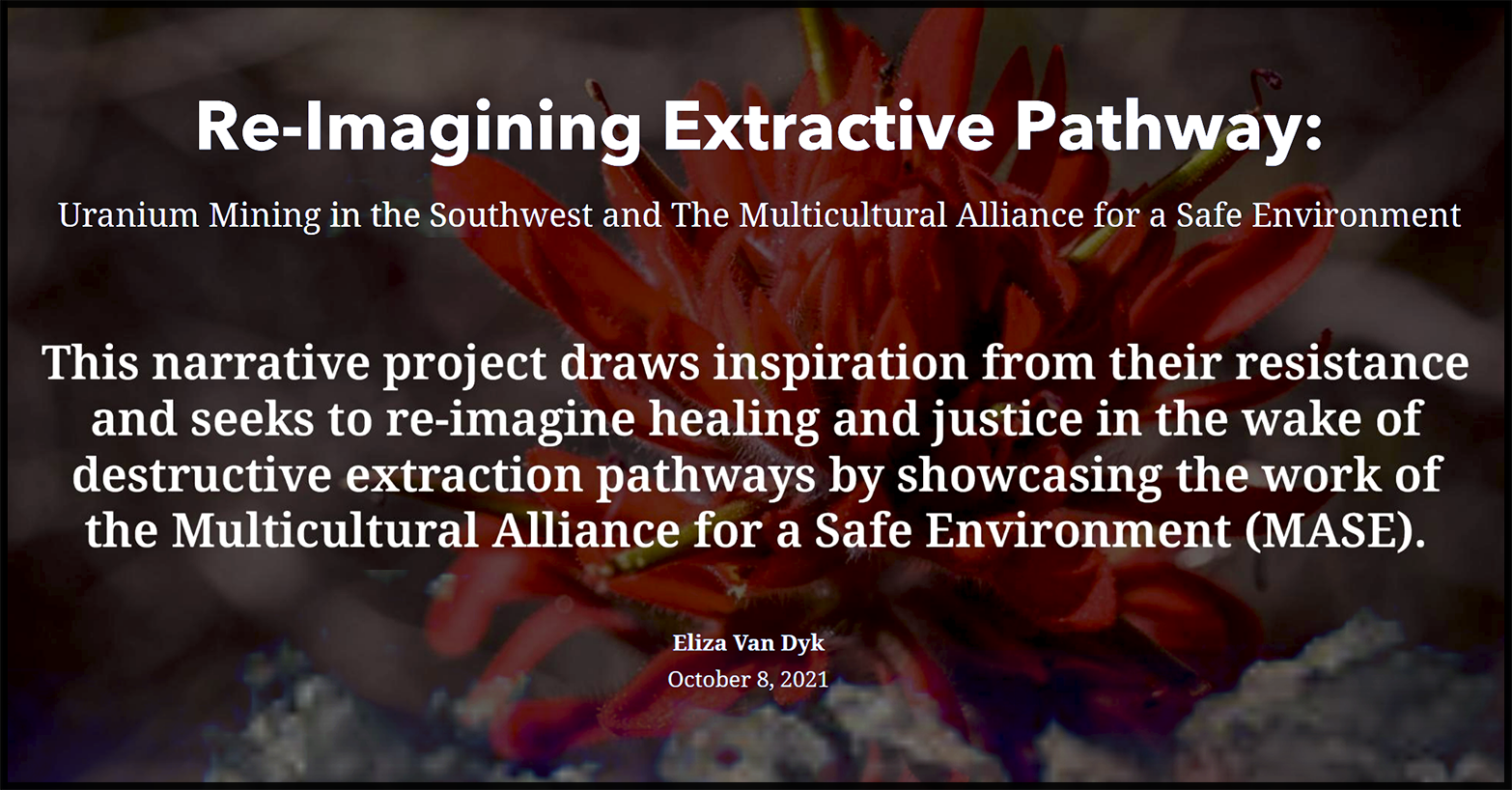OPINION: Federal government must halt new uranium mining and clean up the 500-plus abandoned mines
By Eric Jantz / Albuquerque resident and Teracita Keyanna / Gallup resident | Mar 24, 2024 Updated Mar 26, 2024
They look like small mesas — indistinguishable, really, from the buttes and juniper-dotted hills that are common features on New Mexico’s landscape.
Rather than being part of a landscape that reflects the ebb and flow that millennia of seasons have sculpted into the Earth, however, these mounds of uranium mining waste are obelisks memorializing the point at which humanity completely divested itself of its moral compass and put its faith in the destructive power of the atom.
These unassuming piles of soil mask a dark threat that has cost the lives and health of tens of thousands.
The sheer banality of these monuments is what makes uranium mine and mill waste so insidious. For decades, communities — mostly Native — located near mine and mill waste have implored federal, state and tribal governments to investigate the health effects they attribute to uranium waste and for media to cover their struggles.
While indifferent federal and state governments sat on their hands, Native communities with mine and mill waste literally in their front yards began, with the help of academic institutions and nonprofit organizations, analyzing their exposure to uranium waste.
Not surprisingly, what was found is disturbing. Living within 2 miles of an abandoned uranium mine, or AUM, increases the risk of kidney disease, high blood pressure, heart disease, autoimmune dysfunction and birth defects. Studies have shown that Diné newborns in New Mexico whose mother lived within 2 miles of an AUM had more uranium in their blood than the average American adult, putting those newborns — from the cradle — at higher risk for a range of diseases.
These community-driven investigations not only provided hard evidence of the human toll that the U.S.’s nuclear policy has had on frontline communities, especially Native communities, but also gave communities the data needed to demand government action to clean up the mess those policies created.
The result has been underwhelming. Of the 523 abandoned uranium mines in the Navajo Nation, to date, none have been fully remediated. Eighty years of government inertia and corporate intransigence has unjustly subjected generations of Navajo and Native people to illness and premature death.
To make matters worse, federal and state governments have not only ignored their obligations to remediate old mines, they also have been promoting new uranium exploitation in the very communities that continue to pay the price for historic mining.
On Feb. 28, Native community members from across the West traveled to Washington, D.C., to hold the federal government to account for its years of neglect.
Representatives from the Navajo Nation, the Ute Mountain Ute Tribe, the Oglala Lakota Tribe, the Northern Arapaho Nation, and the Havasupai Tribe testified before the Inter-American Commission on Human Rights (IACHR) about how federal uranium exploitation policy has devastated their communities and denied them their fundamental rights guaranteed by human rights treaties in effect since 1948.
The testimony laid bare the government’s culpability in gross human rights violations and exposed how federal and state governments continue to collude with the uranium exploitation industry to ensure industry profit at the expense of Native communities.
The hearing in front of the IACHR was a historic moment. The small group of Indigenous leaders spoke loudly, calling on the federal government to respect their basic human rights.
The dense and arcane minutiae of federal laws governing uranium mine and mill waste remediation can no longer be an excuse for delay. Governments must honor the supreme law of the land embodied in regional human rights treaties.
The federal government must heed Indigenous leaders’ call: There should be no new uranium exploitation until the U.S. is able to fully remediate historic uranium mines and mills. Even after cleanup to standards that protect health and cultural practices, new uranium exploitation on or near Indigenous lands should never occur unless there is free, prior and informed consent from affected communities.
Anything less will perpetuate the cycle of death and disease for Indigenous communities.
Eric Jantz is legal director at the New Mexico Environmental Law Center. He has worked with Navajo communities fighting against new uranium mining and for cleanup from legacy mining since 2001. Teracita Keyanna (Diné) is a member of the Red Water Pond Road Community Association. Jonathan Perry, of Becenti, coordinator of the Multicultural Alliance for a Safe Environment, is a co-signer on this guest column.






